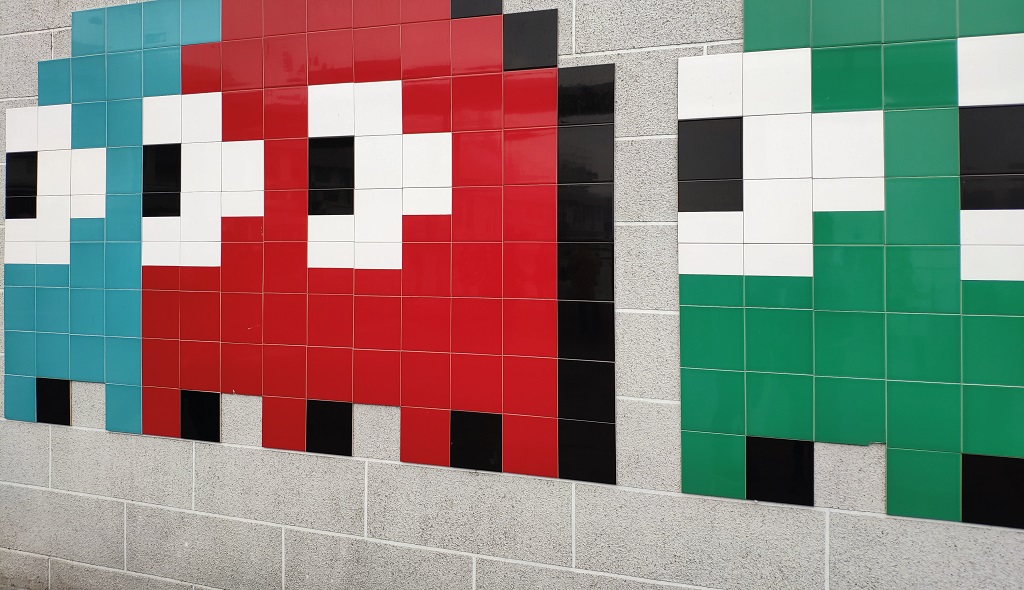Despite its wide use today, video game localization is a relatively new endeavor. Video game creators started having their content localized in the 1980s and only recently, video game localization technologies and processes allowed for certain advancements. To better understand the need for video game localization, it can be helpful to look back at the history of this technique.
The 1970’s: The Beginnings

The 1970s is where video game localization really comes into play. Japanese developers were looking to break into the American market and this drove them to start thinking about localization.
One of the most famous examples comes from the internationally popular video game PacMan. The Japanese name was initially thought of as “Puck Man” (pronounced ‘pakkuman’), but when localizing the product for the US market, they decided to change the name to avoid the name being misspelled or misused with another word that could be offensive or inappropriate.
1980s: Initial stages of localization
The 1980s is where we see the initial stages of video game localization beginning. During the 1980s, games started to be localized, but there was a lack of awareness of the importance of using native and specialized linguists. As a result, this stage was the funniest, or one could say tragicomic, in terms of localization. This is essentially because you see completely incorrect translations, some of which still exist today and continue to be referred to.
The translation of packaging and documentation became standard practice in the gaming industry for publishers who understood that this small investment could help them increase their revenue in international markets. Super Mario Bros was distributed with packaging and documentation translated into German, French, Spanish, Italian, and Dutch—although the in-game text remained in English.
1990s: Demand grows

In the 1990s many games began to see their text translated on screen, and departments and companies that specialized in video game localization began to open. We were not only getting the box and docs translated, but we were also seeing the localization of the user interface and subtitles for the cinematics.
This was huge for international audiences, because they could now immerse themselves in the game in their own language. Localization made video games more accessible to so many more players.
Some games from the 1990s are particularly memorable because they went as far as recording the voiceovers in other languages. Baldur’s Gate was one of the first RPGs that was localized and dubbed into other languages.
By the end of the nineties, revenues doubled in the gaming industry, and more than half of that growth came from the results driven by localization.
2000s: Localization established
We are calling this stage “localization established”, because in the early 2000s there were technological improvements to facilitate the localization process. This is when video games started to be dubbed in different languages with actors. It was also around this time when video games started to be published in a variety of languages.
This was the birth of what is known as ‘sim-ship’, publishers were simultaneously shipping the games in a variety of languages to be released on the same date in all of its language variants.
Nowadays, localization is an essential process in the development of a video game and many companies now have an exclusive team of professionals dedicated to localization and testing. There are also increasingly sophisticated tools available to coordinate and ensure quality during the localization process.









